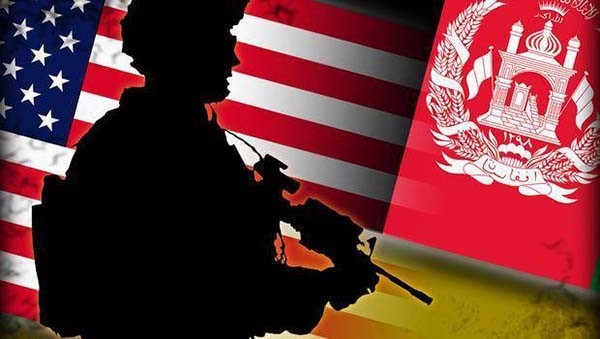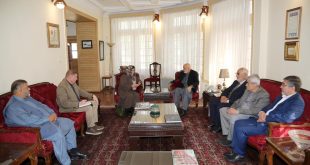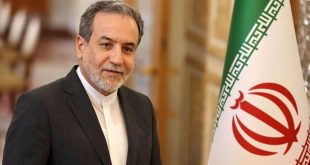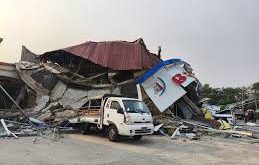February 15 is marked as a great day in Afghanistan every year, because the then Soviet troops withdrew the country on this day. The Soviet Union sent ground forces to Afghanistan in late December, 1979. When the pro-Soviet government took power by killing the first president Mohammad Daud in the April, 178 coup, the relatively calm situation because insecure as people who opposed the government started anti-government uprisings in different parts of the country.
They gradually established parties outside the country and announced ‘jihad’ against the government, calling on the people to join them. Soon the West and regional Islamic countries started supporting the jihadi parties.
The government of Afghanistan asked Moscow for military help and the Leonid Brezhnev’s government first sent military advisers.
But the situation was further deteriorating and the Afghan government was losing control of more areas as the mujahideen who were based in Pakistan and Iran, were getting power day by day.
Considering the condition, the Soviet government decided to send more soldiers. On December, 24, 1979, it began deployment of the 40th Army in Afghanistan. The Kremlin policy-makers believed they could change the situation in their benefit, but the calculation was wrong as the West and neighboring countries that were afraid of the Communism’s advances, intensified their support of the mujahideen.
After 10-year-long military presence, the Soviet government decided to withdraw from Afghanistan, realizing that the war gave them nothing, but casualties, economic loss and the dissatisfaction of the public. Some 15,000 Soviet soldiers were killed in the Afghan war. It also left more than one million Afghan civilians dead, while millions of others fled the country mostly to Iran and Pakistan. On February, 15, 1989, General Boris Gromov, the troops’ commander was the last soldier who left Afghan soil.
The people were optimistic for the post-Soviet situation as they considered their military presence as the only reason of the war. Soon after the withdrawal, the mujahideen intensified attacks to topple Dr. Najib’s government.
By the collapse of Dr. Najib’s government in April, 1992, the mujahideen took power which was the new era of bloodshed and destruction. Different jihadi parties with different governing ideas engaged in a factional fighting. The four-year civil war killed hundreds of thousands of civilians and almost uprooted the infrastructure.
The situation worsened when the Taliban extremist group took the power from the mujahideen in October, 1996.
The group was toppled from power in a US-led military invasion in 2001. Since then, Afghans are experiencing another war as the ousted insurgent group continues fight against the foreign troops.
Some 150,000 troops from more than 40 countries were stationed here for 13 years with the aim of struggle terrorism. But the war did not finish and the situation is worsening day by day. The recent report published by the United Nations, said 3,500 civilians were killed and 7,500 others injured in 2015.
Afghans have been living in war for about four decades under the Soviet and US backed governments. Unfortunately, none of them helped for a lasting peace in the war-hit country.
 Afghanistan Times
Afghanistan Times




